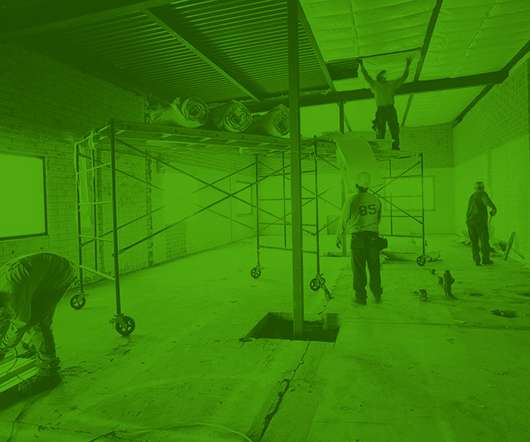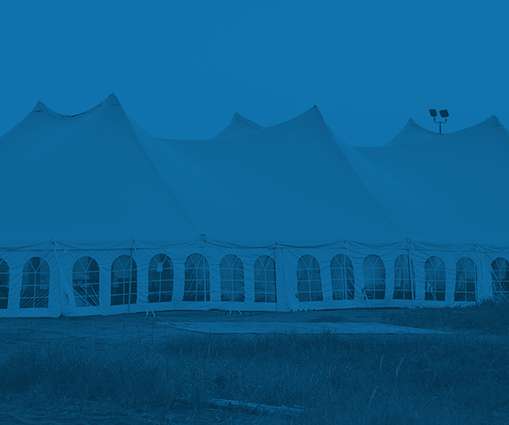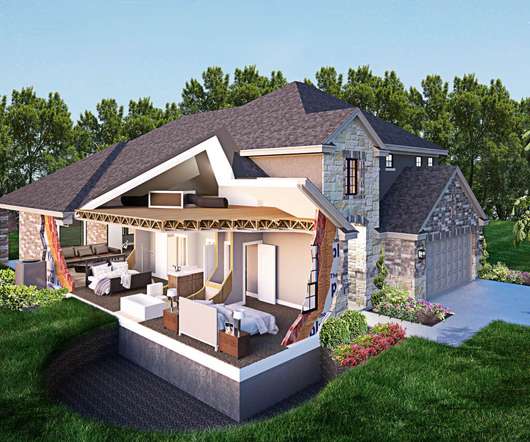Building Sustainability Checklist: 28 Tips to Make Your Building More Eco-Friendly.
Green Business Bureau
JULY 21, 2022
A building is considered sustainable/green because of its design, construction, and operational characteristics. Follow this checklist to help your building become more sustainable in the following areas: lighting, construction, heating and cooling, water, energy, waste, indoor environment, landscaping, and maintenance. Construction.














Let's personalize your content